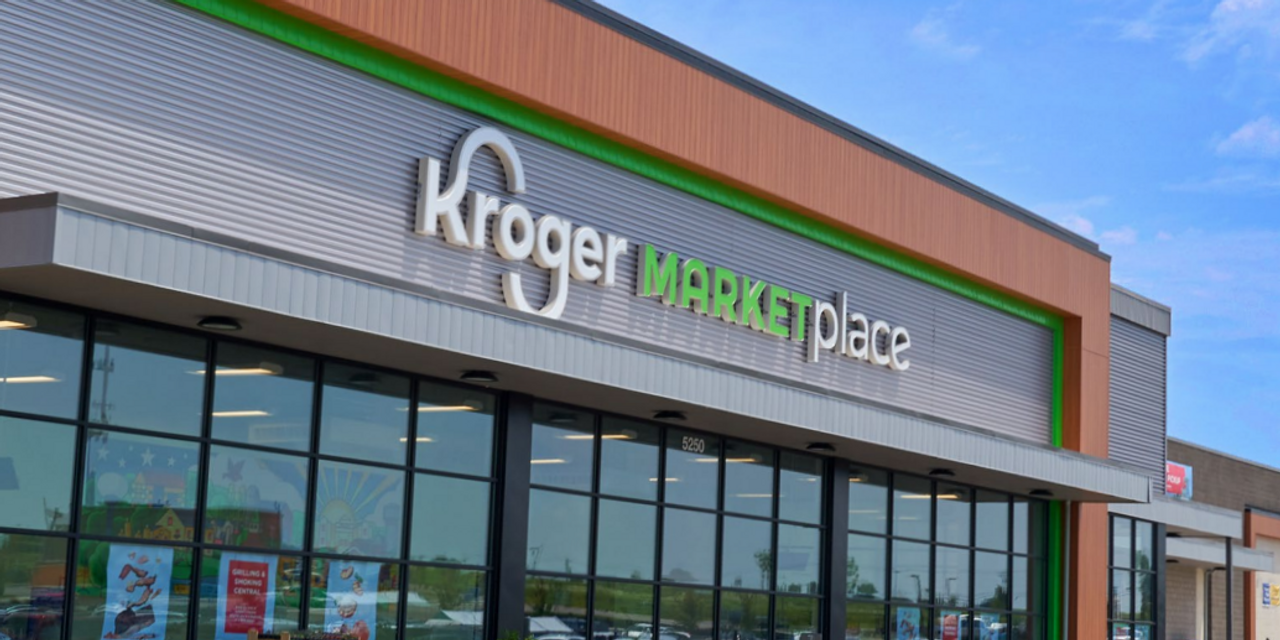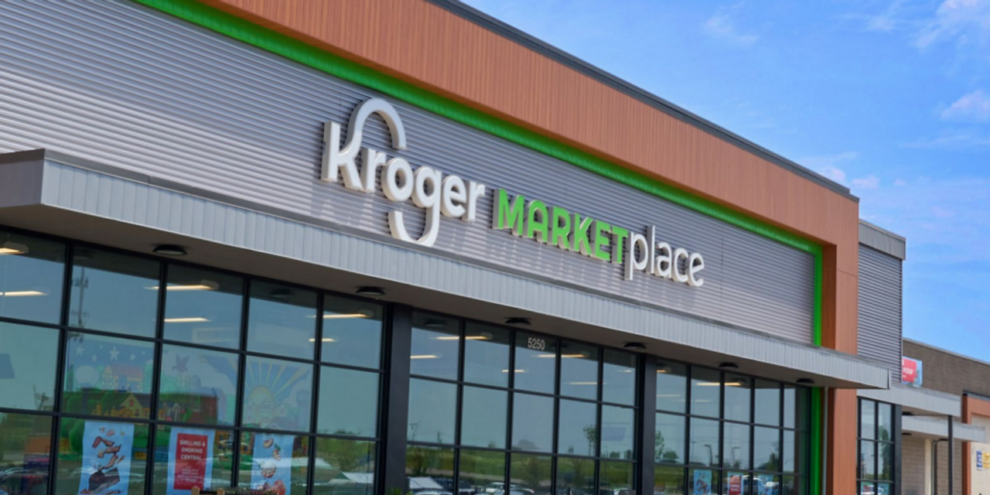
Inflation and a slowing economy are making U.S. shoppers, even so-called higher-income consumers, look for more ways to save money, and that’s what helped grocery chain Kroger Co. beat fourth-fiscal-quarter profit expectations and provide a full-year outlook that was well above Wall Street forecasts.
“The gap between food-at-home and food-away-from-home spending grew in the fourth quarter, as more customers gravitated toward affordable meal solutions that restaurants simply can’t provide,” said Kroger Chief Executive Rodney McMullen on a post-earnings-report conference call, according to a FactSet transcript. “Our research shows that cooking at home is three to four times less expensive than dining out.”
The company said it had been focusing on improving its pricing relative to key competitors well before inflation starting climbing, and even before the start of the COVID-19 pandemic. Kroger said it has done so by “investment in pricing,” in each of the past 20 years, and by cutting costs by $1 billion for the past six years.
Part of that investment in pricing comes from the personalization of coupons, which customers are using more and more.
“As customers looked for more ways to save, digital coupon engagement hit an all-time high during the year,” McMullen said. “Our combined paper and digital coupons helped save our customers more than $1.4 billion on products they need and want.”
Don’t miss: Retail sales surge 3% at start of 2023 in clear sign the economy is still growing
Also see: Eurozone inflation eased less than expected in February
Another way customers have been saving is by buying Kroger-branded products: “They can save 7% to 10% by buying Our Brands versus national brands,” McMullen said.
He said Kroger has seen an “especially strong response” from its “higher-income households,” which grew by 1.1 million in 2022.
Kroger’s stock KR, +5.42% climbed 5.4% to close at $45.73, a six-week high. The stock was one of the five biggest gainers among S&P 500 SPX, +0.76% components.
The company reported before Thursday’s opening bell that net income for the quarter ending Jan. 28 fell to $450 million, or 62 cents a share, from $566 million, or 75 cents a share, in the same period a year ago. Excluding nonrecurring items, such as goodwill and impairment charges, adjusted earnings per share rose to 99 cents from 91 cents to beat the FactSet consensus, or average analyst estimate compiled by FactSet, of 90 cents.
Sales rose 5.4% to $34.82 billion, which missed the FactSet consensus of $35.03 billion, while same-store-sales growth of 6.2% beat the forecast 4.9% rise.
And for fiscal 2023, Kroger said it expects adjusted EPS of $4.45 to $4.60, well above the FactSet consensus of $4.19.
Regarding the company’s proposed $24.6 billion purchase of Albertsons Companies Inc. ACI, , CEO McMullen said the merger remains on track to close in early 2024. He said the company was working to find potential buyers for the stores that he expects will have to be sold to obtain competitivity clearance from regulators.
“We are pleased with the level of interest received thus far and will work towards finding a solution that benefits all stakeholders,” McMullen said.
Kroger’s stock has lost 3.9% over the past three months, as the Consumer Staples Select Sector SPDR exchange-traded fund XLP, +1.37% has dropped 6.1% and the S&P 500 has eased 2.2%.







